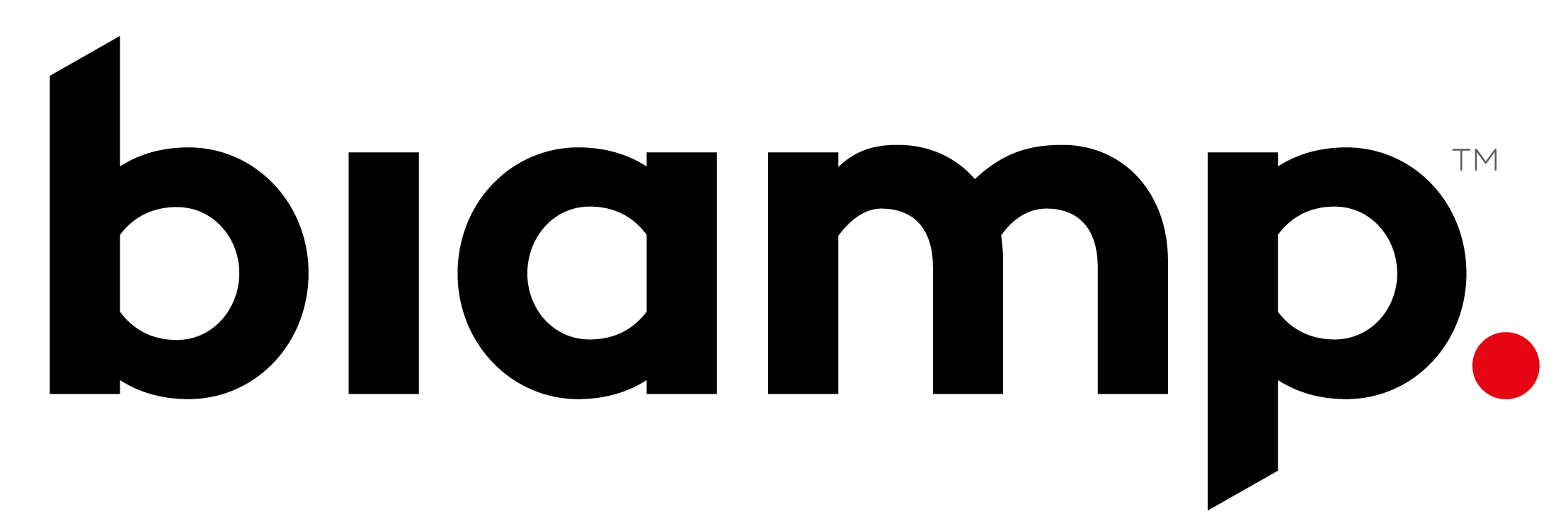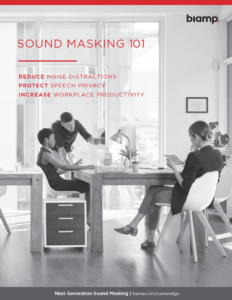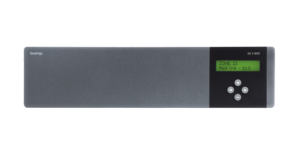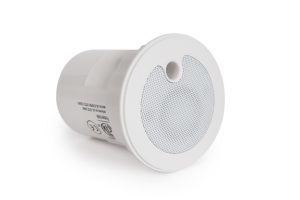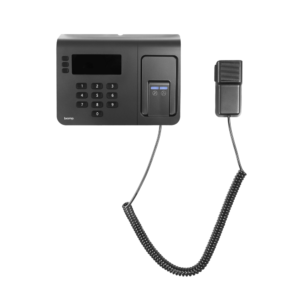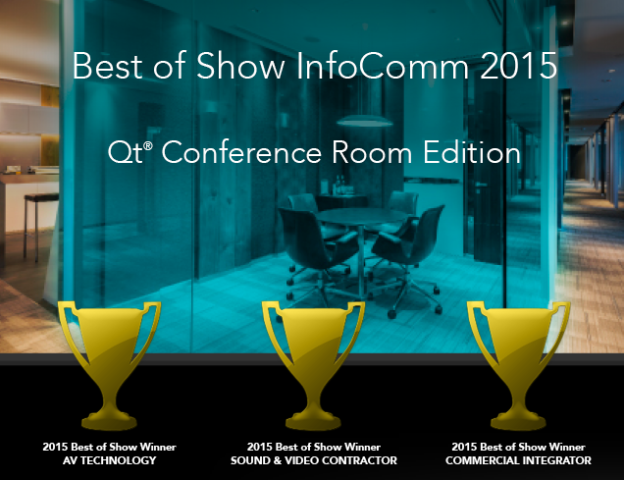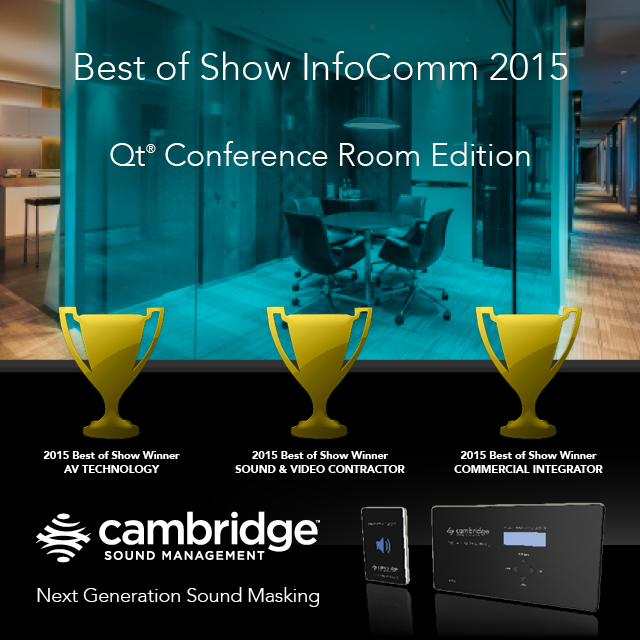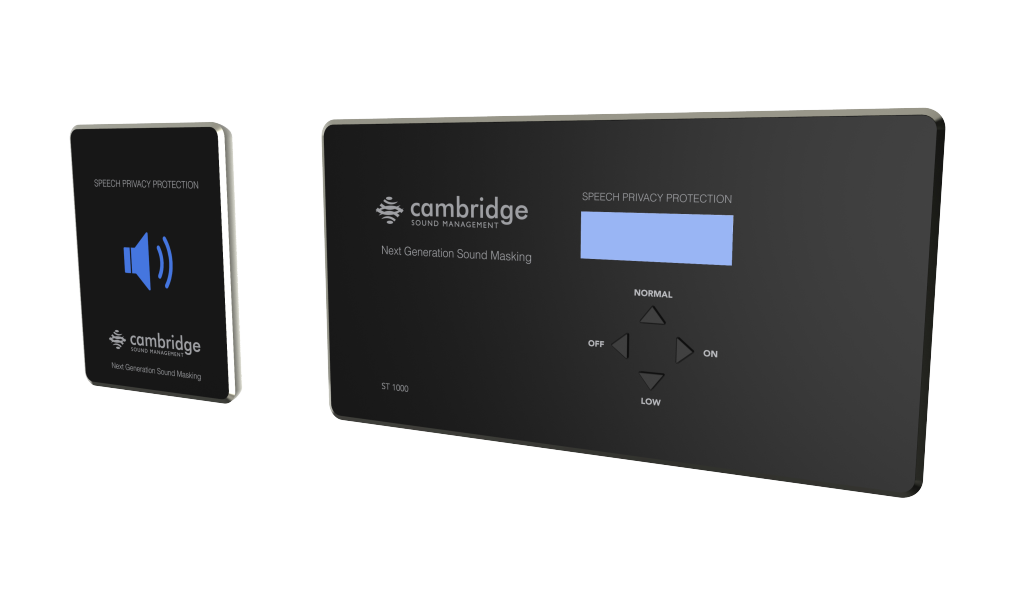I recently was informed of an interesting video through the worthwhile “Making Hospitals Quiet” LinkedIn group, called Creating Quiet to Improve Patient Outcomes by Gary Madaras, PhD. In his presentation, Madaras discusses how noise in hospitals negatively impacts patient recovery and how hospitals can start making their hospitals more acoustically comfortable.
First, he explains how noise negatively impacts patient recovery by causing:
- less sleep and lower sleep quality
- agitation and non-compliance
- poorer communication with caregivers
- higher pain medication usage, slower healing
- greater fall risk
- longer length of stay
- greater 30 day readmission rates
I knew hospital noise negatively affected patient sleep and thus recovery, but it never occurred to me that sleep deprivation can be the cause of so many other measurable problems for patients and hospitals. For example, I never made the connection that tired patients would be more inclined to fall over and hurt themselves or to utilize more medication.
Madaras also goes into the negative financial effects to hospitals and caregivers due to increased noise levels, focusing primarily on HCAHPS (Hospital Consumer Assessment of Healthcare Providers and Systems). The HCAHPS survey is given to patients at the end of their stay and the federal government uses the results to help allocate Medicare funding (hospitals that score better get more money). One of the questions on the survey is:
During this hospital stay, how often was the area around your room quiet at night?
- Never
- Sometimes
- Usually
- Always
The feds determine success on this question by what percentage of people select “Always,” and as you might guess, this is one of the questions where hospitals usually get their lowest scores. Hospitals need to obtain at least 50% of respondents answering “Always” in each area surveyed to receive achievement points for full Medicare funding. Another financial concern Madaras mentions that I hadn’t considered is that for every 1% decrease in a hospital’s patient satisfaction, there is a 5% increase in the probability of malpractice suits.
Madaras goes on to talk about how silence is not the goal of a hospital – a completely silent hospital would not only be eerie and isolating for patients, but any inevitable loud noise that occurred in the environment would sound much louder because there would be no background noise to cover it up. These types of unavoidable noises would startle patients and make them more likely to wake up. As the great nurse Florence Nightingale herself once said, “of one thing you may be certain, that anything which wakes a patient suddenly out of his sleep will invariably put him into a state of greater excitement, do him more serious, aye, and lasting mischief, than any continuous noise, however loud.”
Thus the goal is not to make the environment “silent” but to make it seem quiet by having the “good” noises in a hospital outnumber the “bad” ones. In Madaras’s words, “the goal is to create a uniform consistent background ambiance that is soothing and slightly louder than the unavoidable and bothersome noises.”
Sound masking can help create this uniform consistent background ambiance for hospitals. Sound masking is the process of adding a low level, unobtrusive background sound to an environment to cover up excess speech noise, making the affected environment more comfortable, private, and free of excess noise distractions. Loudspeakers that emit the noise are placed in the ceiling tiles in patient rooms and nursing stations, making it easier for patients to get rest. Hundreds of hospitals use sound masking for this purpose, including Wentworth Douglass Hospital and Florida Hospital.
Hospitals aren’t the only healthcare applications for sound masking technology. Pharmacies use it to keep patient prescription and insurance information private at the pharmacy desk. Doctor’s and dentist’s offices use it to protect speech privacy in the offices to make their patients more comfortable and comply with HIPAA regulations. In fact, I recently saw our emitters in my own doctor’s office. Some healthcare providers are using it in other ways as well – Summa Health Systems uses it in their on-site call center.
Madaras does not discuss sound masking in the video, but I was pleasantly surprised he discussed it in the video’s comments section as one tool in a hospital administrator’s toolbox for decreasing noise interruptions and helping patients sleep.
